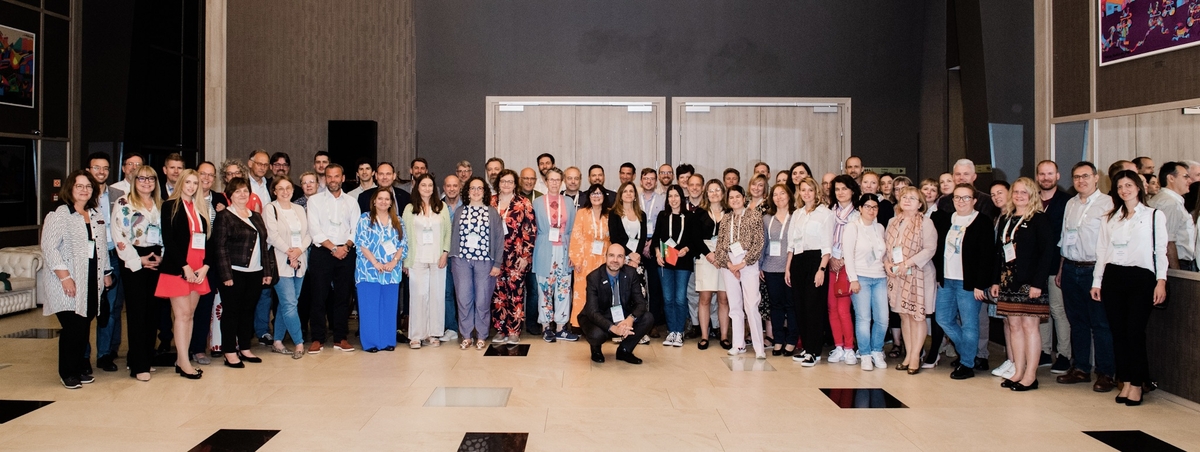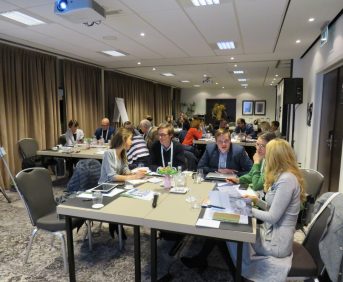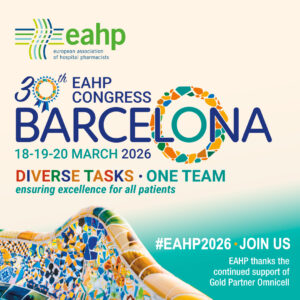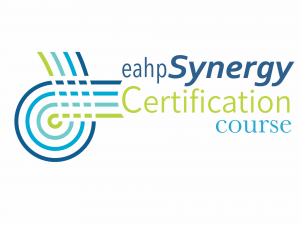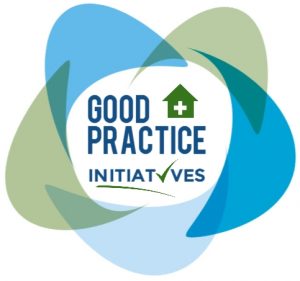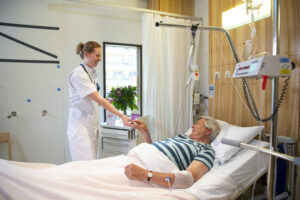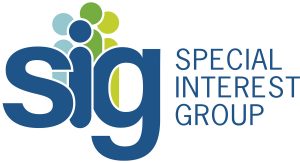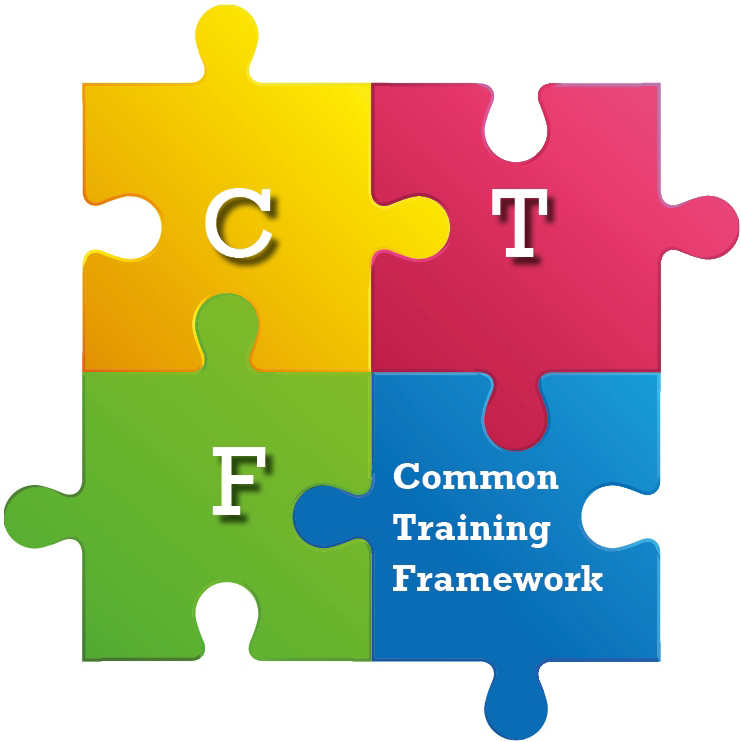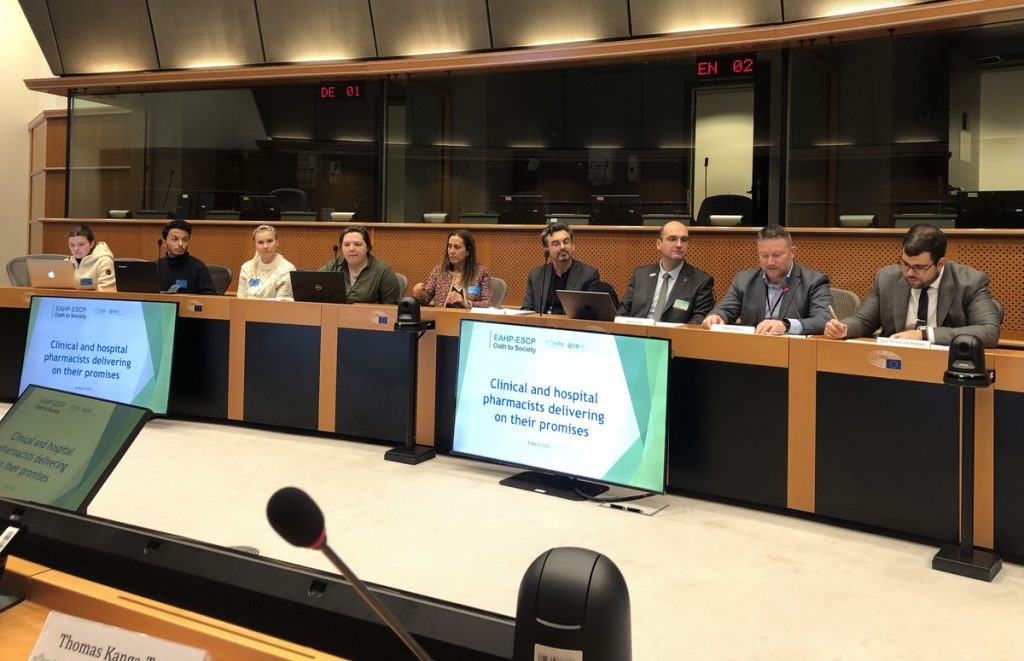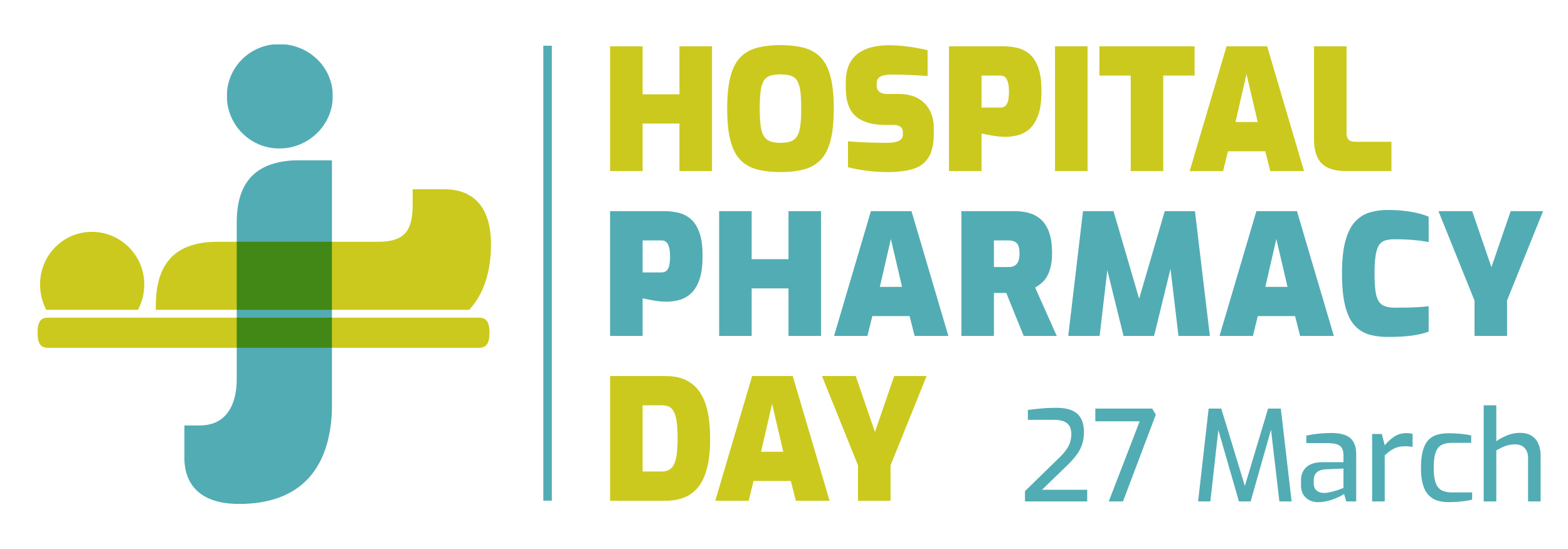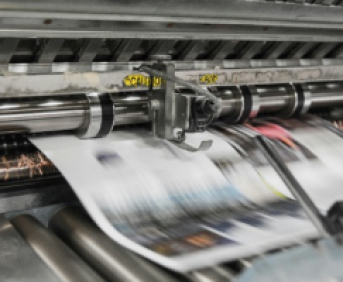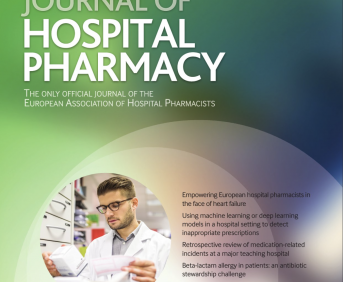Link to EAHP Statements
Section 1 – Introductory Statements and Governance: Statements – 1.2
Section 3 – Production and Compounding: Statements – 3.2, 3.3, 3.4, 3.5
Section 6 – Education and Research: Statement Statements – 6.4
Abstract
Aseptic handling is the procedure to enable sterile products to be made ready to administer using closed systems (EU Resolution CM/Res(2016)2). The starting materials are sterile and must be kept sterile during the process. The most important points are trained staff wearing special clothes and sterile gloves, working ´non touch in a Grade A zone (LAF cabinet, safety cabinet or isolator), monitoring, validated processes and using materials and equipment with low bioburden.
Aseptic handling varies in complexity from drawing up of the contents of a vial or ampoule into a syringe, to preparing a parenteral nutrition mixture from several separate starting materials. If antineoplastics (cytostatics) are involved requirements are not only to protect the product against contamination of micro-organisms, but also to protect the operator and the environment from these hazardous medicines.
Because of the risk of medication errors and the chance of microbiological contamination during preparation, aseptic handling is recognised as a high-risk process. In recent years there have been published several original studies on aseptic handling in hospital pharmacies covering topics as microbiological monitoring during aseptic handling, improving the aseptic transfer procedures in hospital pharmacies, reducing the risk of non-sterility of aseptic handling in hospital pharmacies applying risk assessment and risk control. In the session all these issues will be addressed.
Learning objectives
After the session, the participant should be able to:
- Design an aseptic process for a new product including validation and monitoring.
- Assess and redesign aseptic transfer procedures during aseptic handling in hospital pharmacies.
- Apply risk assessment and risk control of non-sterility of aseptic handling in hospital pharmacies.
Educational need addressed
Aseptic handling is an important preparation process used in hospital pharmacies and hospitals. Hospital pharmacist must be able to describe, evaluate and apply recent evidence and understand risks and challenges of aseptic handling.
Keywords
Preparation, aseptic handling, aseptic transfer, non-sterility, microbiological monitoring, risk assessment.

